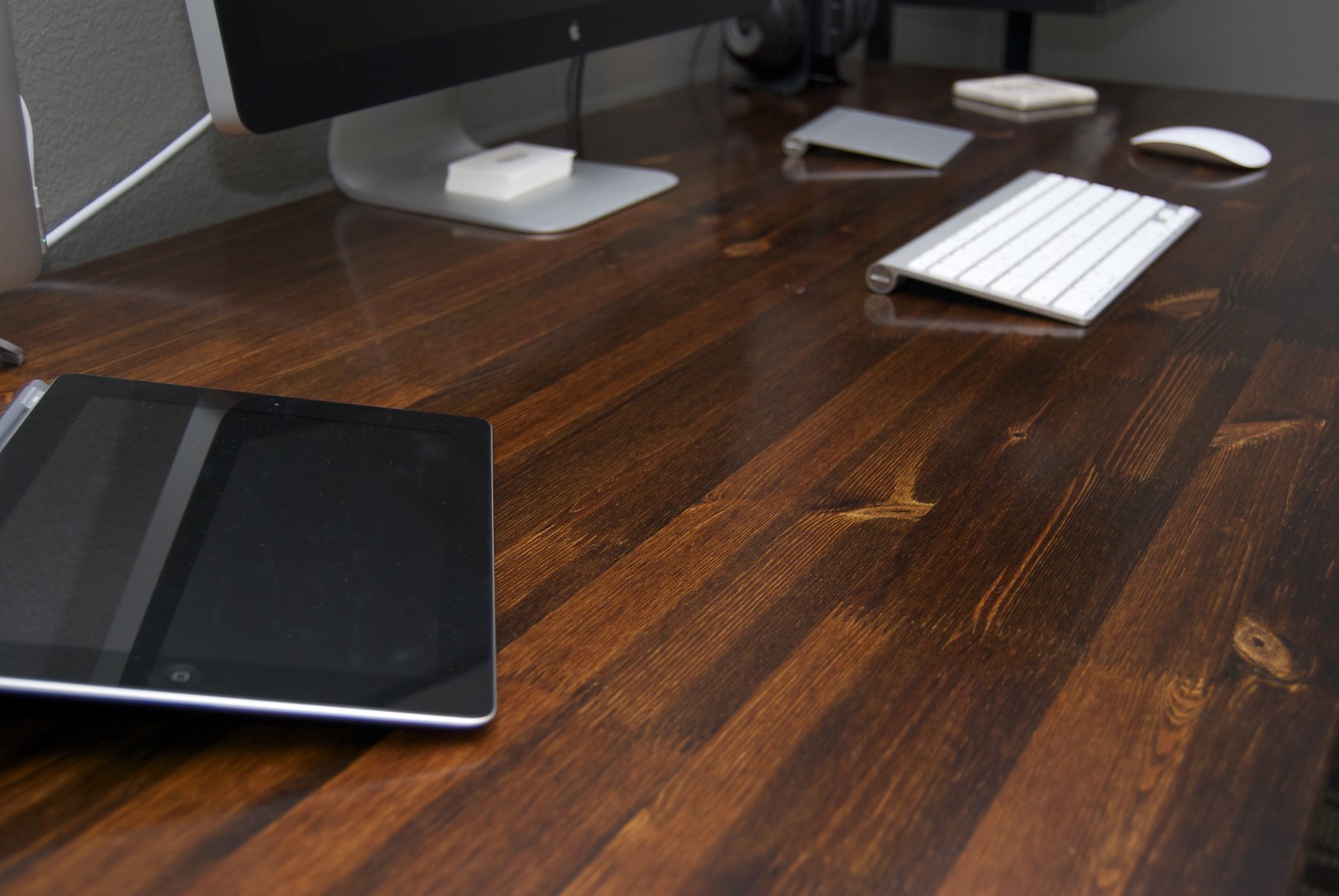So, you’ve discovered an unsightly stain on your pristine hardwood floors – a true proof of your impeccable timing. But fear not, for there are ways to remedy this unfortunate situation.
By mastering the art of stain removal techniques tailored to your hardwood floors, you can restore their former glory with ease.
However, before you start on this journey to pristine floors, there are a few important steps you must take to guarantee success.
Identifying the Type of Stain
When identifying the type of stain on your hardwood floors, closely examine the characteristics and origins of the stain to determine the appropriate removal method.
Water stains on hardwood floors often appear as cloudy marks caused by moisture penetrating the surface finish.
Grease stains, common in kitchens, leave dark, oily spots on the hardwood surface.
Black stains typically indicate mold or mildew growth and require specific treatment to prevent further spreading.
To effectively remove stains from hardwood flooring, it’s essential to understand the nature of the stain. Water rings may require gentle rubbing with a cloth and mild detergent, while grease spots might need a stronger cleaning solution.
Identifying the specific stain on your hardwood floor enables you to choose the right tools and products for successful stain removal without causing damage to the surface.
Preparing the Cleaning Solution
For an effective and gentle cleaning solution for your hardwood floors, dilute white distilled vinegar with water in a 50-50 ratio. This eco-friendly mixture is a powerful tool for combating stains on wood surfaces.
The acidity of vinegar helps guarantee break down tough stains and dirt without harming the wood. By preparing this simple cleaning solution, you’re opting for a natural and cost-effective approach to maintaining your hardwood floors.
The vinegar and water solution is safe to use on most hardwood floor finishes, making it a versatile option for various types of stains.
Its gentle yet effective nature assures that you can tackle stains without causing damage to your beautiful hardwood floors.
Applying this cleaning solution with a mop or cloth is easy and convenient, allowing you to target specific areas or clean larger sections efficiently.
Trust in the power of vinegar to provide a thorough and eco-friendly solution for keeping your hardwood floors looking their best.
Applying the Solution to the Stain
To effectively treat the stain on your hardwood floor, apply the vinegar and water solution directly onto the affected area.
Make sure to cover the entire stain with the solution for best removal.
Using a soft cloth or sponge, gently work the solution into the stain. Allow the solution to sit on the stain for the specified time to penetrate and lift the discoloration effectively.
Be cautious not to scrub too vigorously to avoid damaging the wood surface while applying the solution.
By gently working the solution into the stain and letting it work its magic, you’ll enhance the chances of successful stain removal without harming your hardwood floor. The key is to be patient and let the solution do its job.
Following these steps diligently will help you address stains on hardwood floors efficiently and restore the beauty of your flooring.
Scrubbing and Removing the Stain
Applying gentle pressure with a soft cloth or sponge, scrub the stained area of the hardwood floor to effectively lift the discoloration without causing damage.
To remove stains from wood floors, use a soft cloth along with a wood floor cleaner or a mild detergent mixed with water for best results.
It’s important to avoid harsh chemicals that could potentially harm the wood’s finish.
Work meticulously in small sections, ensuring you concentrate on one area at a time to prevent further spreading of the stain.
Once the scrubbing is complete, rinse the cleaned spot with clean water and make sure to dry it thoroughly. This step is crucial in preventing water damage and streaking on the hardwood surface.
Drying and Buffing the Floor
Begin by making sure the hardwood floor is completely dry before proceeding to gently buff the affected area with a clean, dry cloth to restore its shine.
It’s essential to remove any excess moisture to prevent water damage and maintain the luster of the hardwood floors.
Buffing the floor post-stain removal not only restores its shine but also helps in achieving a uniform finish and enhancing the overall appearance of the flooring.
Buffing is a key step to protect the hardwood floors and prepare them for the application of protective sealants or finishes.
Proper drying and buffing make certain that the floor is in top condition to receive these treatments effectively.
By using a dry cloth and rubbing the affected area gently, you can bring back the luster of the floor and make sure that it looks its best.
Conclusion
To sum up, effectively removing stains from hardwood floors requires careful identification of the stain type and choosing the appropriate removal method.
By using specialized products and cleaners, such as vinegar-based solutions or hydrogen peroxide, you can successfully eliminate stains without damaging the floor.
Remember to act promptly, avoid abrasive tools, and follow the necessary steps to preserve the beauty and integrity of your hardwood floors.
With the right approach, your floors can look as good as new in no time.


Leave a Reply